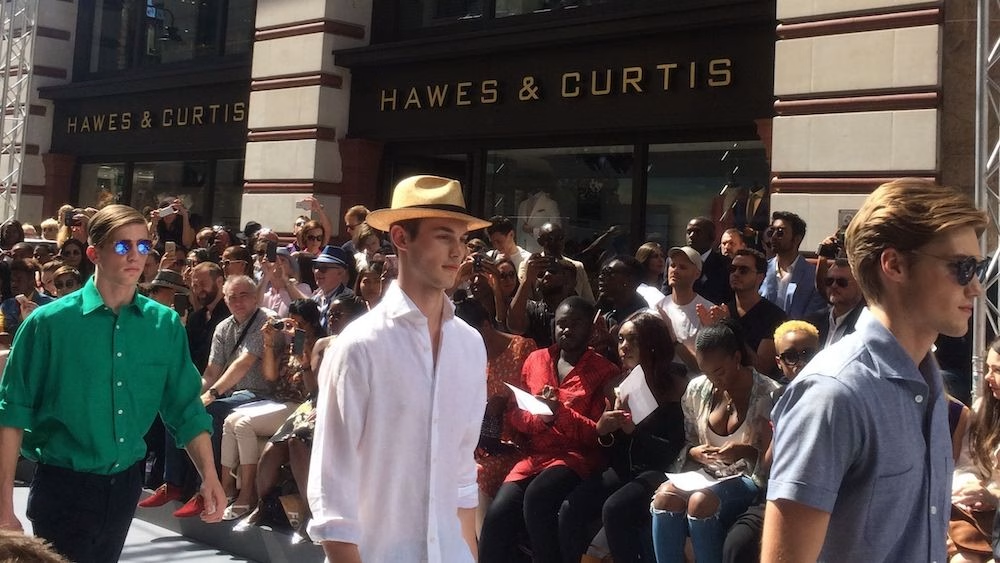In the world of fashion, there’s a tension that’s becoming increasingly obvious. On one hand, the younger generation is more connected than ever to brands through social media. They can follow every collection, every drop, every behind-the-scenes moment. On the other hand, fashion weeks as the highlight of the industry remain largely inaccessible to the general public. There’s a friction here that feels contradictory. Luxury thrives on exclusivity, yet social media fosters openness and immediacy.
Live streams of shows help bridge that gap, giving audiences a taste of the excitement. Yet, there’s nothing quite like being there in person. The excitement of what to expect, the energy of the crowd, the sight of models moving down the runway, these are experiences that stick with you. They become stories you tell to your friends and connections.
Londons alternative fashion shows
From my own experience working in London, the city offers a rich calendar of fashion events beyond the main fashion week shows. I’ve attended discussion panels, in-store brand events, pop-up shops, and alternative shows, each offering a different way to experience fashion. These events thrive on community buzz, and word-of-mouth excitement, proving that fashion is as much about connection as it is about clothing.
However, access to fashion week shows is notoriously difficult. Many shows feel reserved for insiders, and even invitations can seem impossible to obtain. In my early blogging days, I would cold-email PR teams, presenting myself as a fashion blogger, and sometimes it worked. Persistence can open doors, but it’s a shame that so many are closed off.
This is where alternative fashion week events come in. Take London Alternative Fashion Week, for example. Historically held at Spitalfields Market, it gave emerging and independent designers a platform to present collections often overlooked by mainstream fashion. Diverse models, bold designs, and a shared alternative point of view that prioritised creativity over commerce made it stand out. Unfortunately 2018 was its last year leaving quite a gap for new event opportunities.
One event I recommend if you’re in London is Fashion in Motion at the V&A. I attended the House of Holland showcase myself and was blown away. Fashion in Motion is a series of free live events that bring the catwalk to a wider audience, set against the stunning backdrop of the museum. From Philip Treacy and Alexander McQueen to Molly Goddard and Vivienne Westwood, they were all featured in Fashion in Motion. Being there, seeing key pieces up close, was an unforgettable experience.
Creating experiences for your audience
Across the Atlantic, Brooklyn’s The People’s Runway, led by KidSuper’s Colm Dillane, takes this philosophy to heart. Open to the public and featuring emerging local designers, it brings the runway to a real community space, outside Brooklyn Borough Hall Plaza. This model shows that alternative fashion can thrive when it’s collaborative, inclusive, and public-facing.
The message is clear: fashion thrives when it’s not just observed but experienced. Alternative shows, pop-ups, and community events offer something larger than commerce. In a world dominated by screens in-person fashion events are more valuable than ever. For fashion to evolve, brands can play a vital role by supporting alternative platforms. Attending, collaborating, and amplifying these events not only nurtures new talent but also builds stronger connections with audiences. It’s the experiences they remember and the culture they live!

